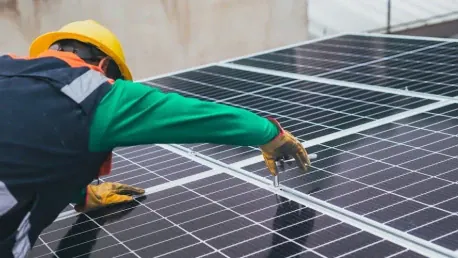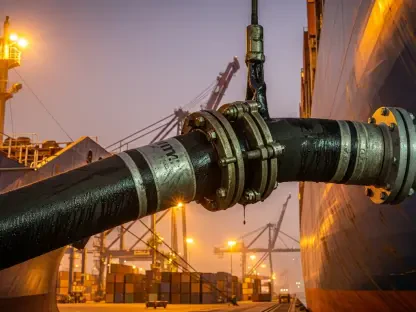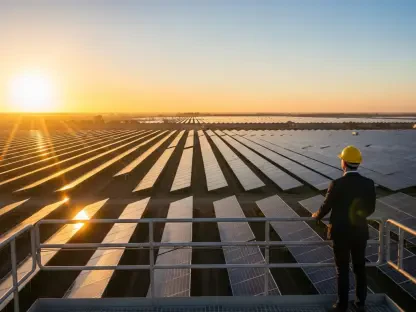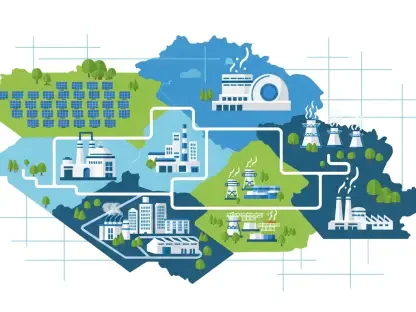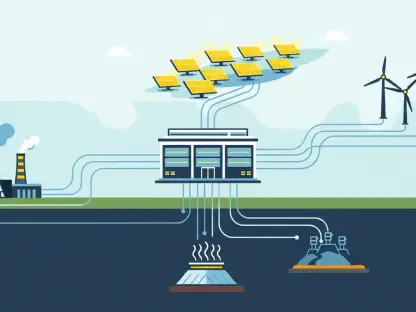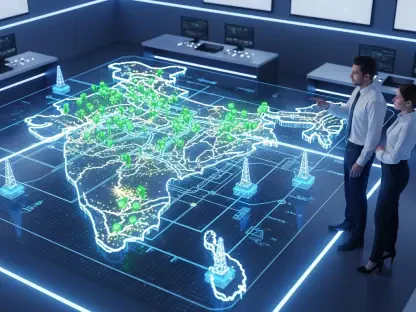As the world grapples with the urgent need to transition to sustainable energy sources, the ambitious goal set at COP28 to triple renewable power capacity by 2030 marks a significant milestone in the global effort to combat climate change. According to the International Energy Agency (IEA), nations have a crucial opportunity in the coming months to develop clear, actionable plans to achieve this target through their Nationally Determined Contributions (NDCs) under the Paris Agreement. Despite current official commitments accounting for only 1,300 gigawatts (GW), or 12% of the needed increase, the IEA’s recent analysis indicates that leveraging existing domestic policies and plans could enable countries to reach 70% of the target, equivalent to 8,000 GW of renewable capacity by 2030.
While the gap between pledged ambitions and actual implementation plans reveals the challenges ahead, the growing governmental support driven by significant cost reductions in renewable technologies provides a positive outlook. Over the past decade, advancements in solar PV and wind technologies have made renewables more competitive than fossil fuels. This shift is exemplified by the record-breaking addition of 560 GW of global renewable capacity in 2023, largely thanks to China’s contributions. However, the transition faces additional obstacles that need addressing to facilitate achieving the ambitious 2030 goal.
Significant Obstacles in Renewable Energy Transition
Despite the growing support for renewable energy, there are notable challenges, including lengthy project permit wait times, inadequate grid infrastructure investment, and high financing costs, especially in emerging and developing economies. As countries look to transition to renewable energy sources, these issues can significantly impact the pace and feasibility of projects. Long project permit wait times can delay vital renewable energy projects, resulting in slow progress towards increased capacity. Additionally, the lack of investment in grid infrastructure can hinder the efficient integration of renewable energy sources into existing systems, further complicating the transition process.
In emerging and developing economies, high financing costs present another hurdle. These economies often face higher interest rates and more stringent lending conditions, making it difficult to secure funding for renewable energy projects. This financial burden underscores the need for support mechanisms and targeted actions to address specific issues faced by different regions. The IEA suggests improving long-term policy visibility and supporting projects in their pre-development stages to mitigate financial risks. By doing so, countries can create a more conducive environment for the rapid expansion of renewable energy capacity.
Urgency of Political Pledges Conversion Into Action
Fatih Birol, the Executive Director of the IEA, emphasized the critical importance of swiftly converting political pledges into actionable plans to keep global warming within the 1.5 °C limit, as agreed at COP28. The IEA’s role in shaping the energy package at COP28 was instrumental, and ongoing tracking of progress and support for governments around the world are necessary to meet renewable energy targets. This transition is dependent on immediate and decisive action at both national and international levels. Governments must prioritize policy support and develop frameworks that enable the rapid deployment of renewable energy projects.
The path towards a significant increase in global renewable energy capacity demands a collective effort marked by substantial commitment and accelerated implementation. Governments need to offer long-term certainty to investors and support innovations that reduce costs and enhance the efficiency of renewable technologies. Collaboration between public and private sectors is also essential to mobilize the necessary funding and expertise required for this monumental transition. The benefits of achieving this goal are not only limited to addressing climate change but also include building more resilient and lower-emission energy systems.
A Feasible Yet Ambitious Path Forward
The world is urgently transitioning to sustainable energy, and the COP28 goal to triple renewable power capacity by 2030 is a significant step in combating climate change. The International Energy Agency (IEA) highlights that nations have a crucial chance in the coming months to create clear, actionable plans through their Nationally Determined Contributions (NDCs) under the Paris Agreement. Currently, official commitments total only 1,300 gigawatts (GW), or 12% of the needed increase. However, the IEA’s analysis suggests leveraging existing domestic policies can help countries achieve 70% of the target, translating to 8,000 GW of renewable capacity by 2030.
Despite the gap between ambitions and implementation plans, growing governmental support and reduced costs in renewable technologies provide a positive outlook. Over the past decade, advancements in solar PV and wind have made renewables more competitive with fossil fuels. A record 560 GW of global renewable capacity was added in 2023, largely due to China’s efforts. Nonetheless, several obstacles must be addressed to meet the ambitious 2030 goal.
